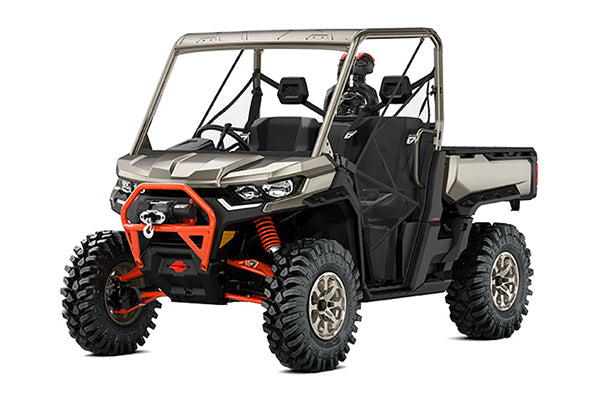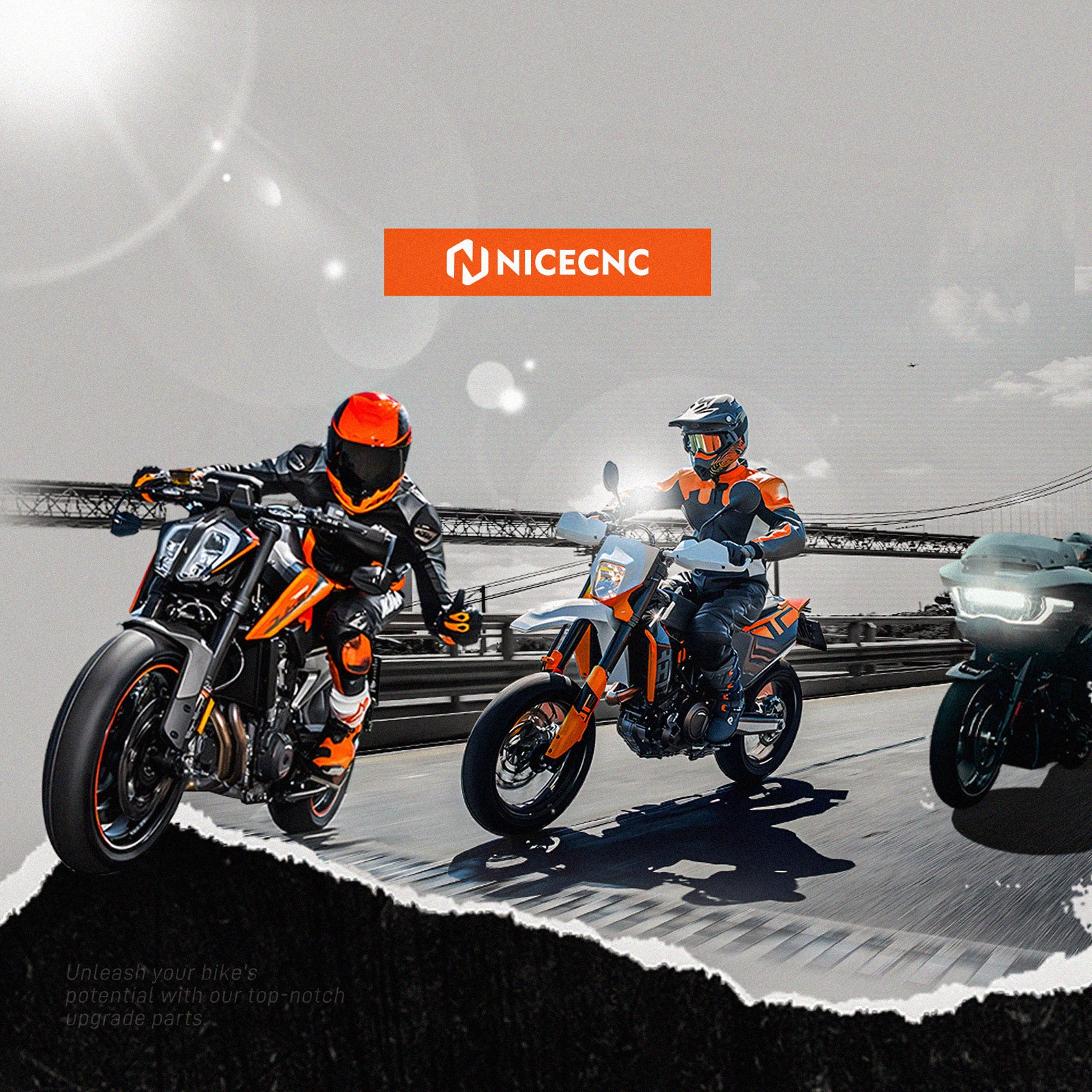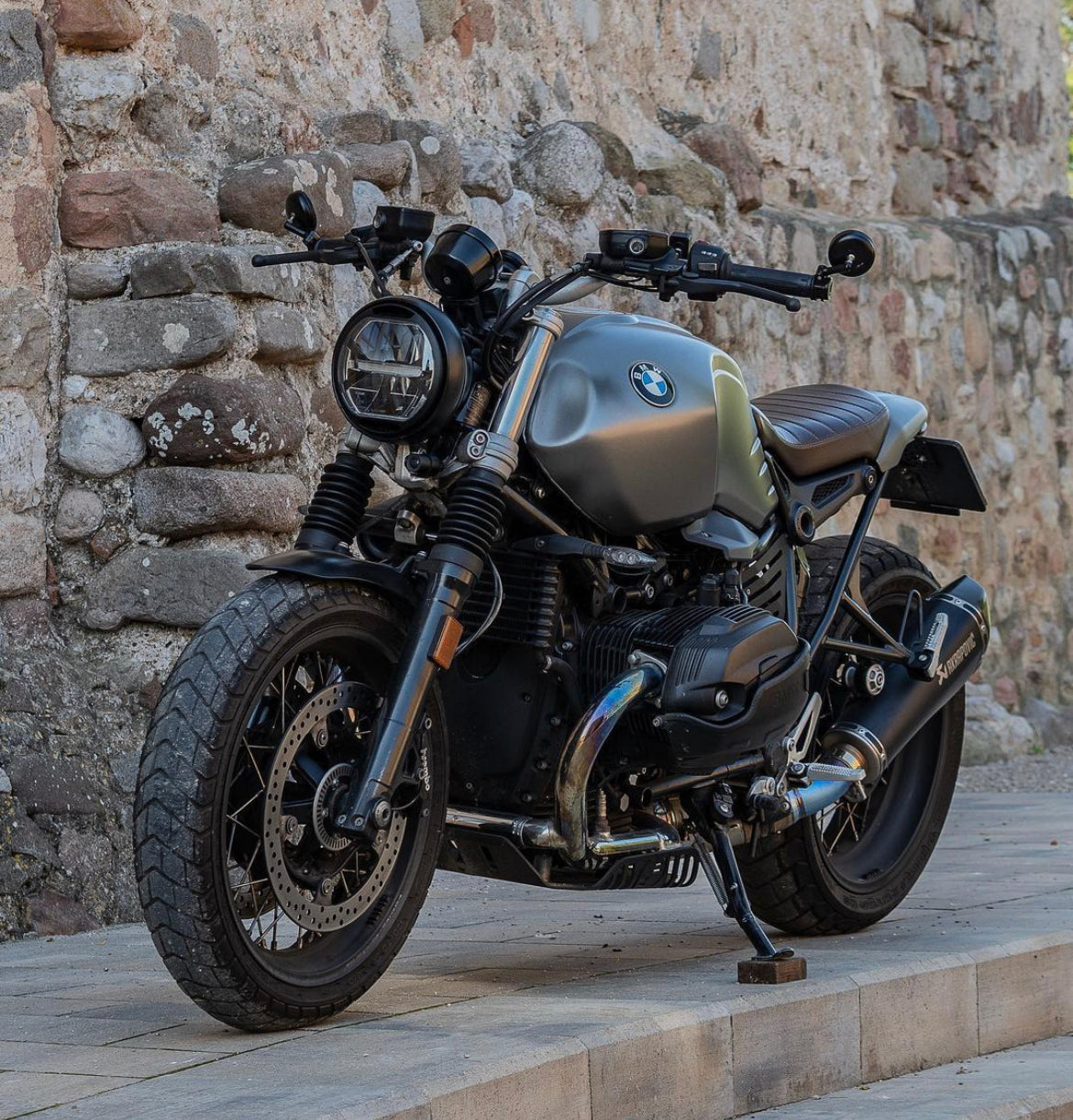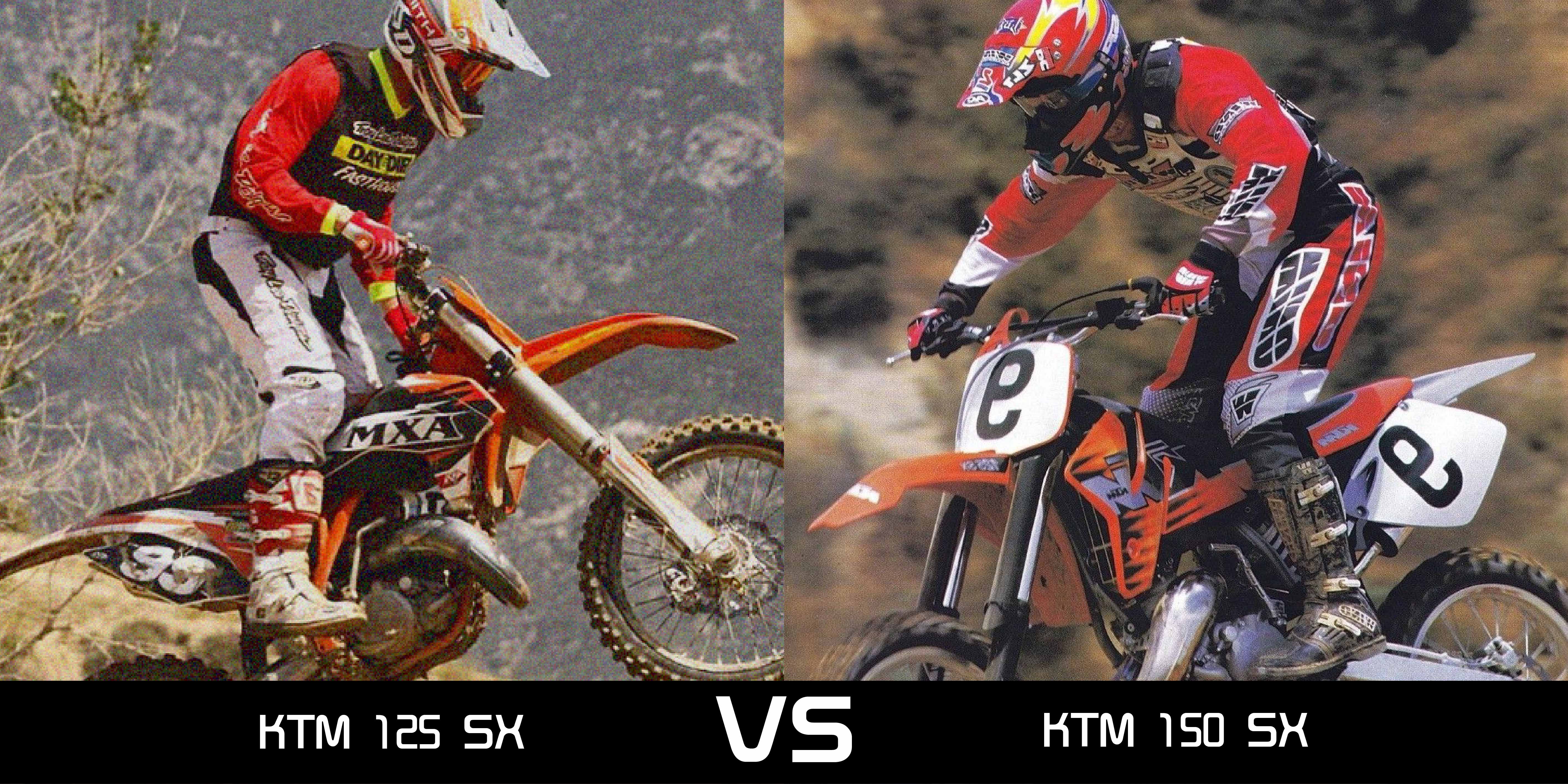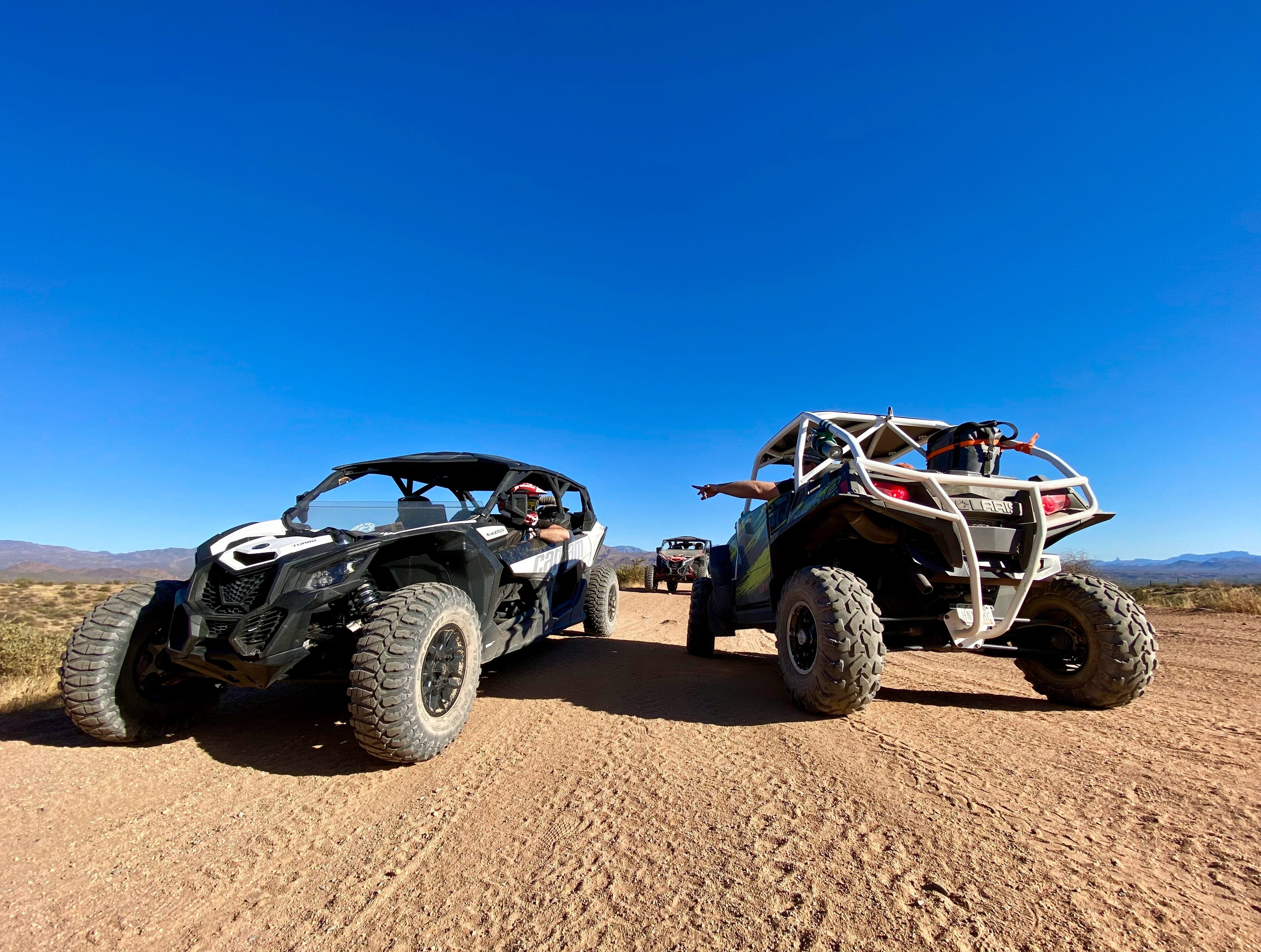No matter if you are a beginner, intermediate, or experienced rider, the answer is No. You don't need to know everything about a motorcycle before you get one, but knowing some basic knowledge about it will better help you get a suitable motorcycle.
Now let's take a look at the overall structure of the motorcycle.
When it comes to motorcycles, there are several intricate systems that work together to create a thrilling and efficient ride. Below are the Basic Motorcycle Systems:
- Frame
- Brake system,
- Suspension system
- Engine system
- Exhaust system
- Drivetrain
- Fuel system
- Ignition system
- Electrical system
The Frame: The Backbone of Your Bike
The frame serves as the foundation and backbone of a motorcycle. It provides structural support, ensuring the stability and integrity of the entire vehicle. Motorcycle frames are typically made of steel, aluminum, or a combination of both. They come in various designs, such as single cradle, double cradle, perimeter, or trellis frames, each offering its own set of advantages and characteristics.

We have some parts belonging to Frame:
- Luggage Rack
- Bumper Guard
- Axle nut
- A-Arm Guards
- Axle Sliders & Crash Pads
- Bronze Bushings & Kit
- Decals Stickers
- Fuel Cap
- Lift Straps
- Lowering Link & Kit
- Mirror & Mirror Cover
- Sway Bar Link
Wheel & Brake system: Stopping Power at Your Fingertips
Wheels are an integral part of a motorcycle, as they provide the connection between the bike and the road surface. Comprised of rims, spokes, and tires, the wheels play a crucial role in ensuring stability, traction, and overall handling.
Brakes are undoubtedly one of the most crucial safety systems on a motorcycle. They allow you to slow down and bring your bike to a controlled stop. Most motorcycles are equipped with two types of brakes: the front brake and the rear brake. The front brake, usually a disc brake, provides the majority of the stopping power, while the rear brake, which can be either a disc or drum brake, assists in stability and control. Remember, proper brake maintenance and regular inspections are vital for optimal performance.


Here are some parts we have for the brake system
- Brake Disc
- Brake Disc Guard
- Brake Caliper Bracket & Guards
- Brake Reservoir Cap
- Brake Pedal
- Brake Line Clamps
Suspension: Smooth Out the Road Ahead
The suspension system plays a pivotal role in absorbing shocks and providing a smooth ride. It consists of several components, including front forks and rear shock absorbers. The front forks, located at the front wheel, compress and rebound to absorb bumps and ensure consistent tire contact with the road. The rear shock absorbers, often adjustable, work similarly to the front forks, absorbing vibrations and maintaining traction. Well-maintained suspension enhances handling, stability, and rider comfort.

pic from rideapart
Some parts for Suspension:
Engine: The Heart and Soul of Your Bike
The engine is the powerhouse of a motorcycle, converting fuel into mechanical energy that propels the bike forward. Motorcycles feature various types of engines, including single-cylinder, parallel-twin, V-twin, inline-four, and even more exotic configurations. The engine's displacement, measured in cubic centimeters (cc), determines its power output. Understanding your motorcycle's engine characteristics and power delivery is essential for optimizing performance and matching your riding style.

Engine system-related parts:
- Air Filter & Intake
- Clutch Cover
- Cam Chain Tensioner
- Coolant Reservoir Tank
- Ignition Key Switch
- Oil Dipstick
- Oil Filter Cap
- Oil Filler Cap
- Oil Drain Plug
- Power Valve Adjuster & Cover
- Radiator Covers & Grilles
- Radiator Cooling Fan
- Water Pump Cover
Exhaust System
The Exhaust System: Releasing Power and Managing Sound
The exhaust system is an essential component of a motorcycle, responsible for expelling the exhaust gases produced during the combustion process. It plays a vital role in enhancing engine performance, optimizing fuel efficiency, and managing the sound emitted by the motorcycle.

Parts for exhaust system
Drivetrain system: Transferring Power to the Wheels
The drive train consists of several components responsible for transferring power from the engine to the wheels. In most motorcycles, this includes a clutch, transmission, and final drive. The clutch engages and disengages the engine's power from the transmission, allowing for smooth gear changes. The transmission, typically a sequential gearbox, enables you to shift between gears to achieve the desired speed and torque. Finally, the final drive transfers power from the transmission to the rear wheel, commonly utilizing a chain, belt, or shaft mechanism.

Drivetrain system parts:
- Chains
- Chain Adjuster
- Chain Guard & Case Saver
- Wheel Spokes & Nipples
- Wheel Spacer
- ABS Cable Guard
- Tie Rod End & Ball Joint
- Wheel Bearing & Seals
Fuel System: Feeding Your Motorcycle's Thirst, it also can be attributed to the engine system
The fuel system ensures that your motorcycle receives an adequate supply of fuel for combustion. It typically comprises a fuel tank, fuel pump, fuel injector or carburetor, and fuel lines. Modern motorcycles often feature fuel injection systems, which precisely meter and deliver fuel to the engine for efficient combustion. Carbureted systems, though less common nowadays, mix air and fuel mechanically. Understanding the fuel system and its maintenance requirements will help keep your motorcycle running smoothly.
Ignition System: Sparking the Fire
The ignition system ignites the air-fuel mixture within the engine's cylinders, kick-starting the combustion process.
Foot Controls: Commanding Your Motorcycle with Precision
Foot controls are a crucial aspect of a motorcycle's ergonomics, allowing riders to interact with the bike and maintain control while on the road. These controls, located near the rider's feet, include the footpegs, shifter, and rear brake pedal. Understanding the functions and proper usage of foot controls is essential for safe and comfortable riding.
Footpegs are the platforms where the rider's feet rest while operating the motorcycle. They are typically made of metal and provide a stable base for the rider to support their weight and maintain balance. Footpegs come in various shapes and sizes, and some motorcycles have adjustable footpeg positions to accommodate riders of different heights and leg lengths. It is important to ensure that your feet are securely positioned on the footpegs while riding to maintain control and stability.
Gear Shifter: Changing Gears Smoothly
The gear shifter, often referred to as the shift lever or gear lever, is responsible for changing gears on motorcycles with manual transmissions. It is usually located on the left side of the motorcycle, near the rider's left foot. To shift gears, the rider uses their left foot to engage the shifter by applying upward or downward pressure. Shifting gears smoothly and at the appropriate times is crucial for maintaining optimal engine performance, acceleration, and fuel efficiency.
Rear Brake Pedal: Slowing Down and Stopping
The rear brake pedal, located on the right side of the motorcycle, is used to engage the rear brake. By applying pressure to the pedal with their right foot, riders can effectively slow down the motorcycle and bring it to a complete stop. The rear brake pedal is typically linked to the rear brake caliper, which applies friction to the rear wheel to decrease its speed. Riders must develop a proper braking technique, which involves smoothly and progressively applying the rear brake for controlled deceleration and stability.
Handlebars & Controls: Steering Your Motorcycle with Precision
Handlebars and controls are crucial components of a motorcycle, providing the rider with a means to steer, control speed, operate various functions, and maintain balance. Understanding the different types of handlebars and the functions of the controls is essential for safe and comfortable riding.
Handlebar control parts



